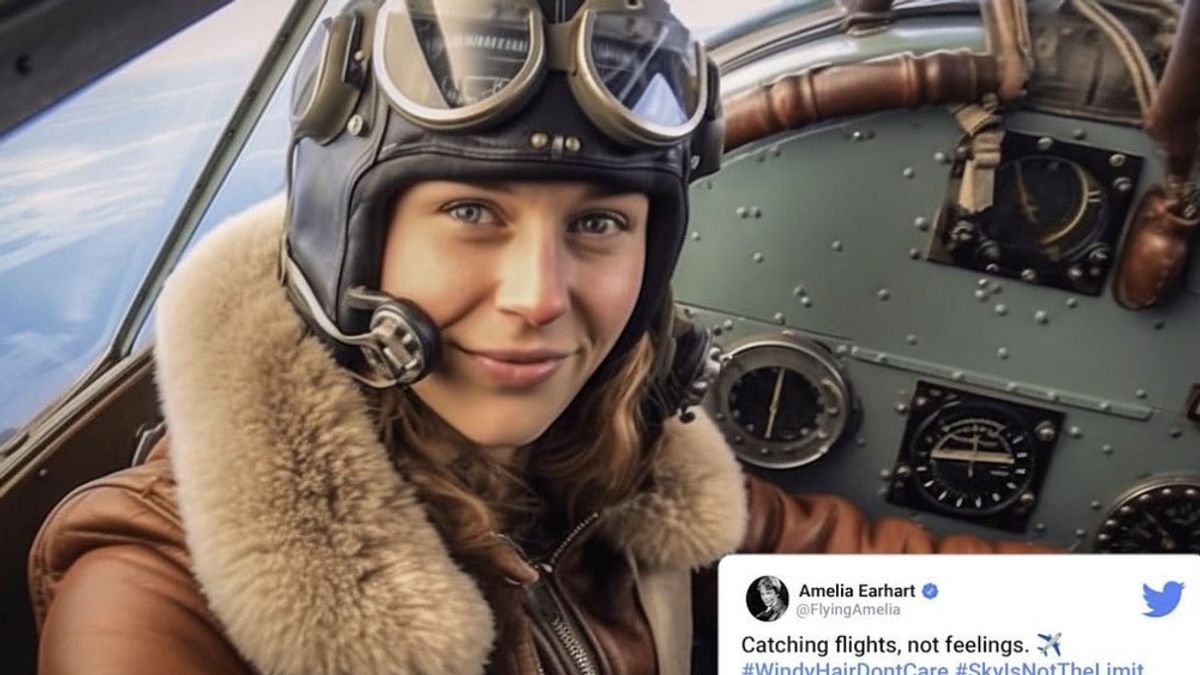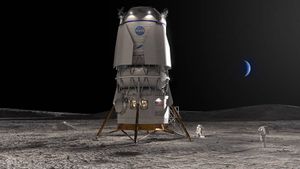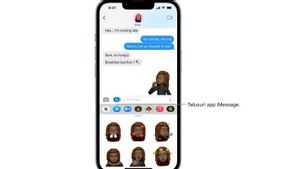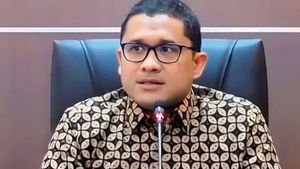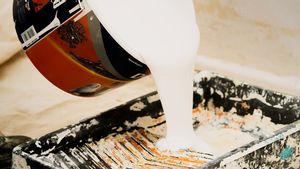JAKARTA - The ability of artificial intelligence tools (AI) to manipulate images continues to develop. The latest example is a very impressive research paper, which allows users to easily draw image elements to change their appearance.
At first, this may not sound too interesting, but there are already examples to get an idea of what this system can do.
Not only can you change the car dimension or manipulate a smile into chaos with one click and pull, but you can also turn the image subject as if it were a 3D model - changing the direction of a person's face, for example.
One of the demonstrations even shows users setting up reflections in lakes and heights from mountainworks with several clicks.
These videos come from the main page of the research team, although the page has been disrupted due to the amount of traffic sent to the site by Twitter (especially by users @_akhaliq, who did an outstanding job highlighting the interesting AI paper and should be followed if you are interested). You can also read the research paper here in arXiv.
As the research team noted, what is really interesting about this work is not the manipulation of the image itself, but the user interface. But we have been able to use AI tools like GAN to produce realistic images for quite a long time, but most methods are less flexible and precise.
另请阅读:
You can tell the AI image generator to "make the lion image travel in savana," and you'll get it, but it's probably not the right pose you want or need.
This model, named DragGAN, offers a clear solution to this. Its interface is exactly the same as traditional image turnover, but instead of just blurring and incorporating existing pixels, the model produces a new subject. As written by the researchers: "[P] Our proximity can smooth out hidden content, like teeth in the mouth of a lion, and can change shape according to the rigidity of the object, such as horseleg lenting."
It's clear that this is just a demo for now, and it's hard to fully evaluate this technology. (How realistic are the final pictures, for example? Hard to say based on the available low-quality videos.) But this is another example of how image manipulation becomes more accessible.
The English, Chinese, Japanese, Arabic, and French versions are automatically generated by the AI. So there may still be inaccuracies in translating, please always see Indonesian as our main language. (system supported by DigitalSiber.id)
